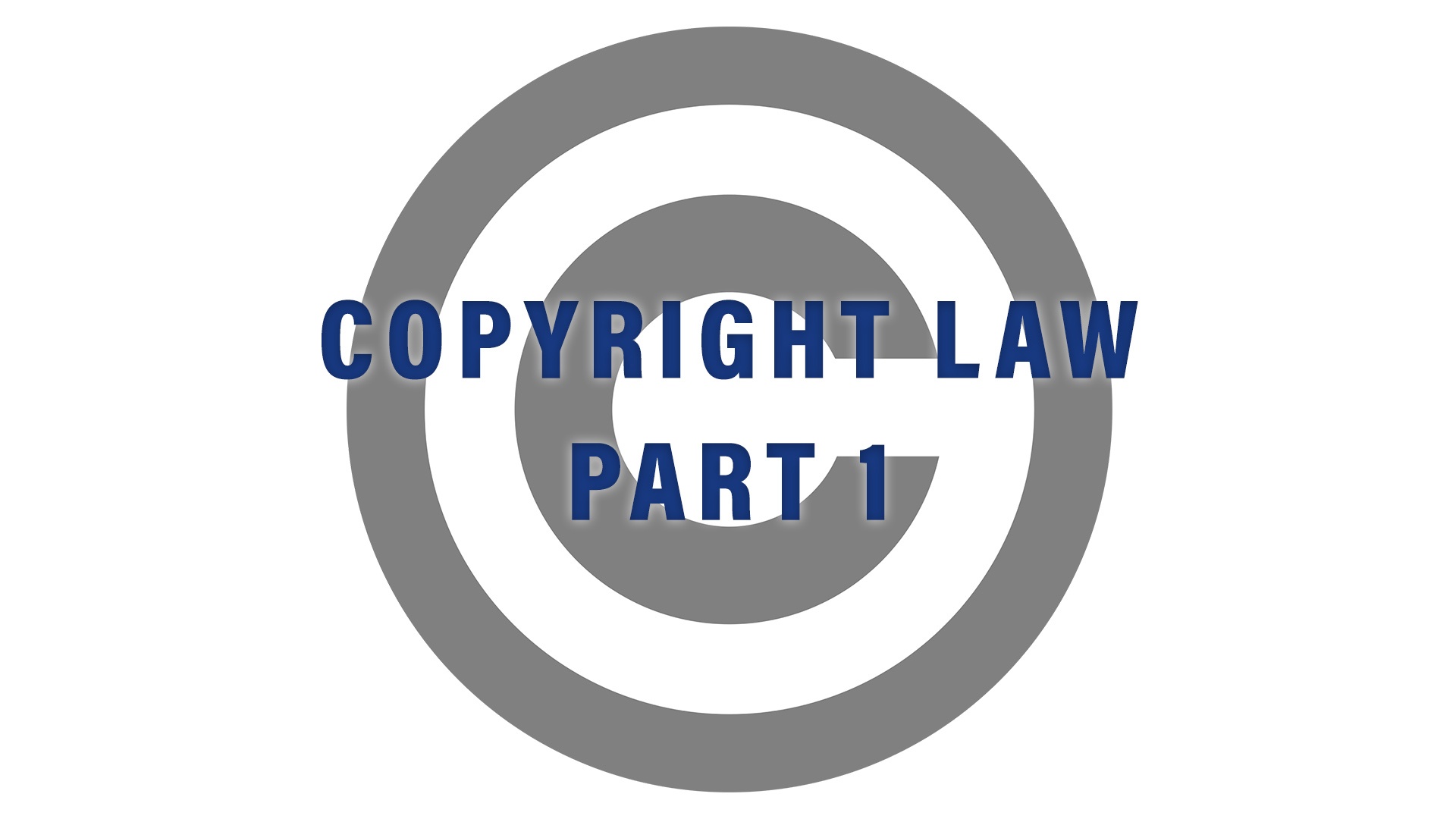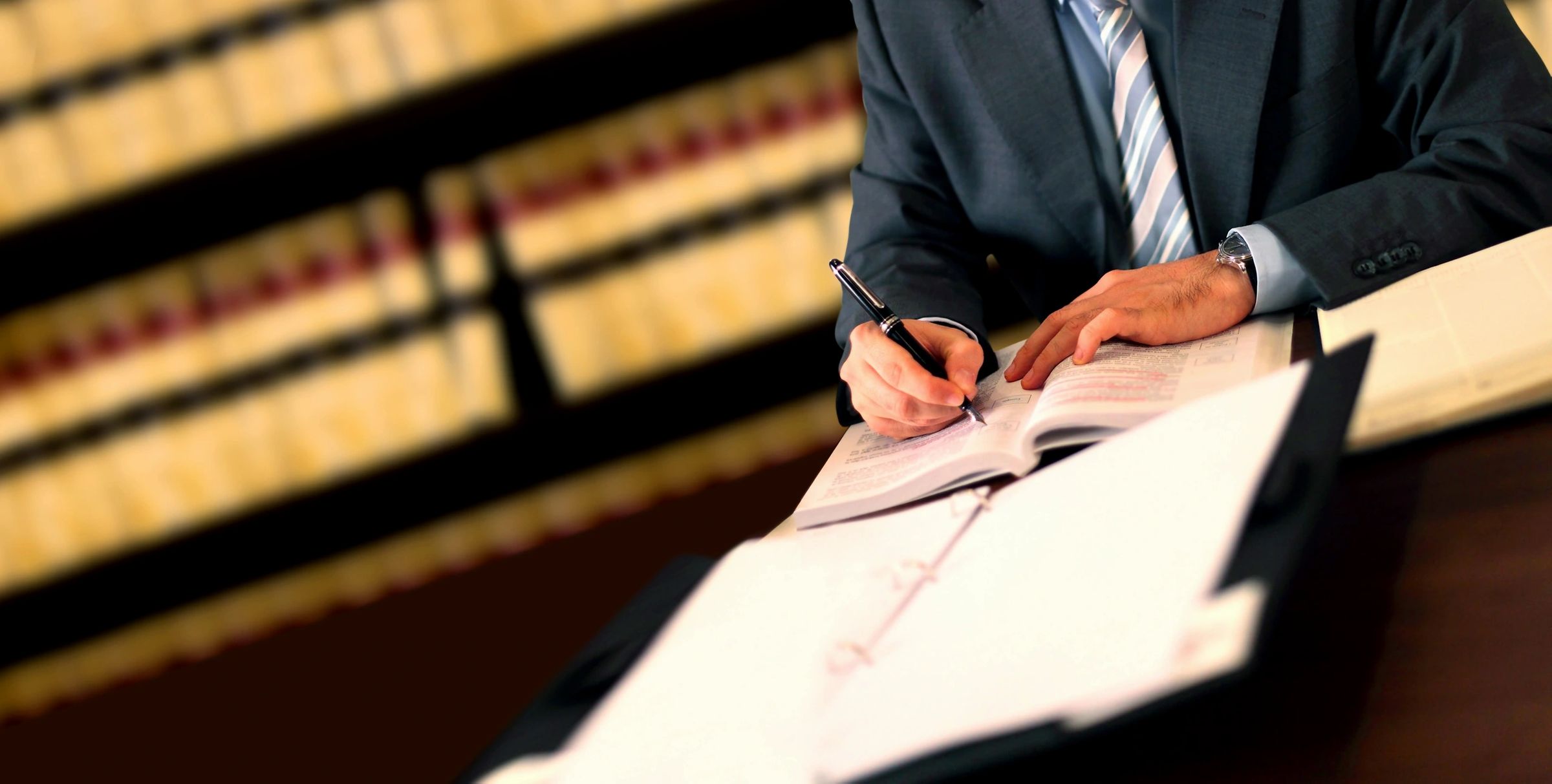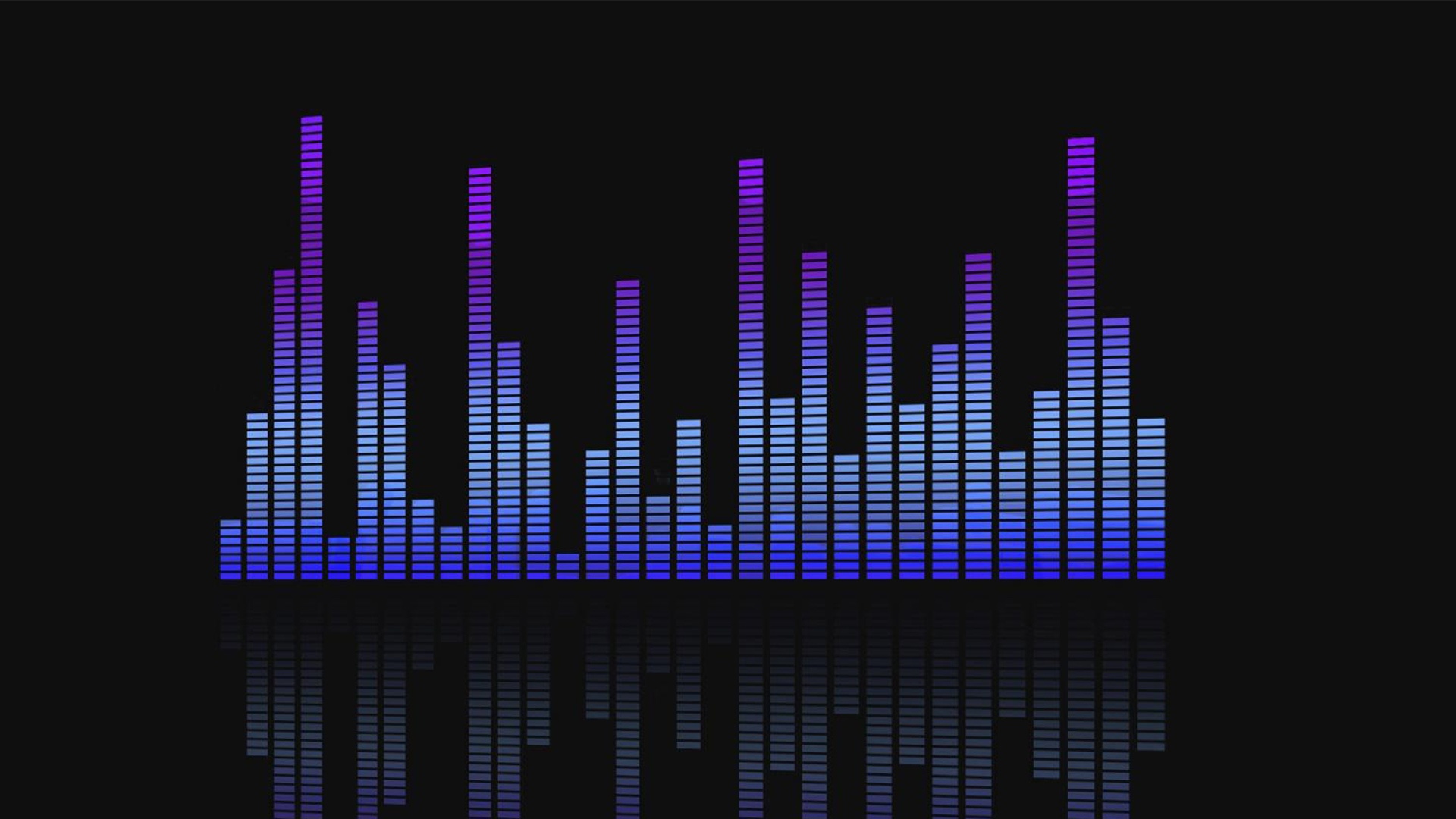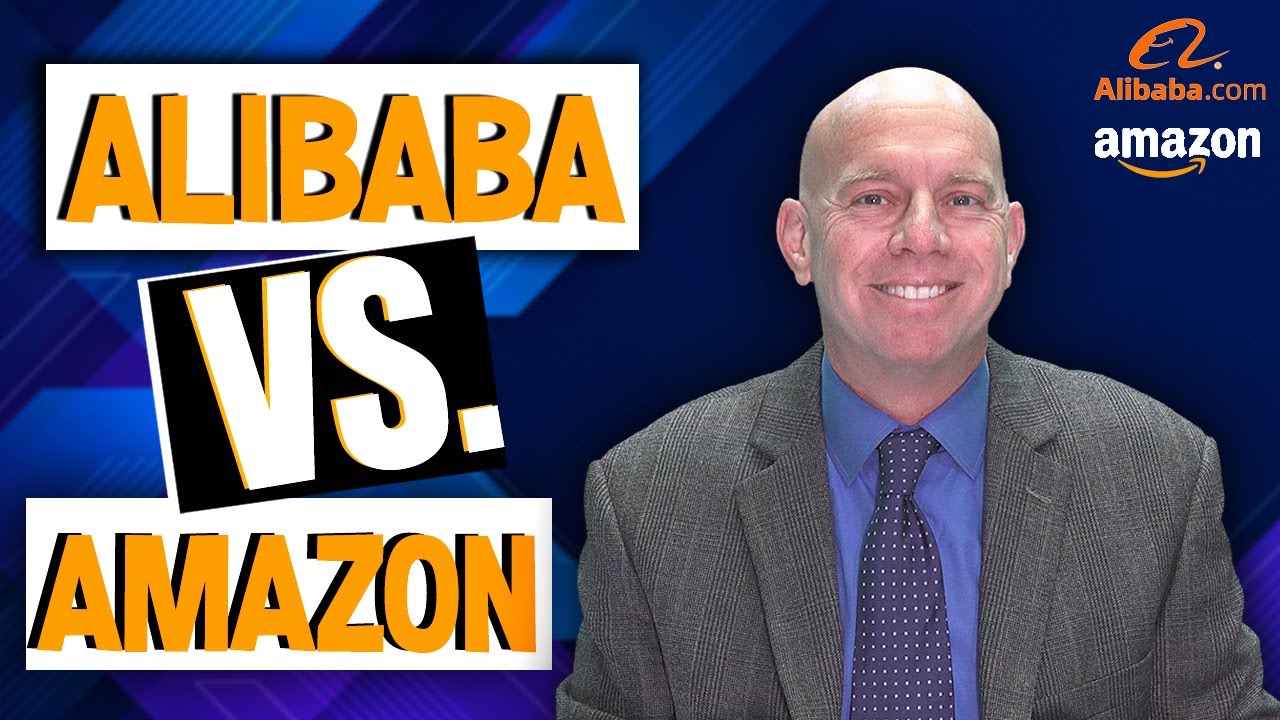
As an artist or small business owner, you have likely, at some point in your career, encountered issues involving intellectual property and copyright.
While copyright may sound like nothing but legal jargon to you, educating yourself on copyright and everything it can do for you is important in ensuring that you maintain business on the online marketplace.
Artists and resellers often receive infringement complaints when offering their products on ecommerce platforms. But if you’re armed with the right information, you will be an expert on avoiding these issues and in solving them should they pop up.
In this series, we’ll break down copyright law in the United States and outline how it specifically relates to you, the artist or reseller. We’ll then break down how intellectual property issues come up, how you can resolve an IP complaint, and how you can prevent those complaints in the future.
To start off, we’ll discuss the early history of copyright law, both internationally and in the United States. History can tell us a lot about where we are today in the online marketplace and how to approach problems that pop up.
The Printing Press
Back in the good ol’ days, everything was recorded by hand. Through the vast majority of human history, it was extraordinarily difficult to get your hands on a book. If you were rich or in very high societal standing, you may have had a library full of books. If you were not, you may never have even known how to read one, much less possess one. Literature was considered a luxury that demonstrated class and high standing. That’s because copying a book took a lot of work, so there were not very many copies of individual books floating around. Today, anyone can go into a drug store and see dozens of copies of the hottest book on the shelves.
The tedious copying process saved people a lot of legal trouble too when it came to people trying to steal works; you want to go through all of the work to copy a whole book by hand? In the same handwriting as it was written in? Be my guest. Authors were confident that the process itself would deter those who wanted to profit off someone else’s ideas.
Along came Johannes Gutenberg in the 1400s. He invented the movable typing machine and created the first-ever mass-produced book, dubbed The Gutenberg Bible. Only 180 copies were produced, but it demonstrated that creating copies of works could be done much faster and for much cheaper than ever before.
With more books pouring into circulation, Europe’s lower classes found it much easier to get their hands on these books then they had before. Not only that, but the book industry began to flourish as a new marketplace emerged (just as with the creation of Amazon). The printing press made information easily attainable by everyday citizens, vastly improved international literacy, and helped form a universal system of language, spelling, and grammar.
But it wasn’t all sunshine and roses. The printing press also made it easier for people to plagiarize works or copy them without permission, and sell them for profit. Coincidentally, at this time in history (the early 1500s), King Henry VIII was displeased with certain published works he considered “heretical.” The combination of his interests and the publishers’ created a need to restrict certain types of publishing. Thus, copyright law was born.
The Birth of Copyright Law
The earliest form of quasi-copyright law involved King Henry VIII and the publishers, when all printed works had to be approved through a government panel before they went to print. The Stationer’s Company, which consisted of bookbinders, booksellers, and printers had to ensure that all published books upheld the laws of the land. They carried the interests of both the kingdom and the publishers. This was the earliest incarnation of copyright law and regulation.
Ultimately, the Stationer’s Company lost its power over licensing. But in 1710, the Parliament enacted the Statute of Anne to replace it. The Statute of Anne declared that any works that were approved through the Stationer’s Company register book were legally protected for 14 years for all books published going forward. Should the author of the work still be alive at the end of those 14 years, the Statute would provide an additional 14 years of protection. All works created before the establishment of the Statue of Anne received 21 years of protection. This concept of a timeline for protection was a huge building block for copyright law going forward.
You can also thank the Statute of Anne for introducing the idea that the author or creator of the works owns copyrights. If you come up with an idea and successfully apply for copyright, it’s legally yours. Many following copyrights built on this idea, but the simple concept was born here and still holds true in today’s world, which is pretty incredible considering all that has changed.
Early 20th Century Copyright Law
We now head stateside, where things were relatively unchanged for roughly 150 years following the Statute of Anne. Theodore Roosevelt chose to address the changing media environment when he signed the Copyright Acts of 1909 and 1912, which enhanced copyright law to better reflect the changing times and media. For instance, the Copyright Act of 1909 began the protection of non-published works such as live performances and speeches. It also expanded copyright law for another 14 years following publishing to cover a maximum of 56 years of legal protection. The Copyright Act of 1912 added film to the list of protected works. Before that, motion pictures were still protected, but it was because they were legally protected as “photographs.” It was the first big step that the United States took in carrying copyright law into the modern era.
Each of these laws aided the creator of those works, and you’ll notice a theme on this going forward; evolving copyright law tends to favor the creator of the copyrighted material and provides further protections for those works as plagiarizing becomes easier and as copyright violators become smarter and more creative.
If you’re a seller of original works or products, it’s important for you to feel safe that your copyrighted property will not be infringed on. But law is always a little slow to evolve to changing climates, and so you cannot be careless when it comes to keeping your property protected. We’ll get to how to apply for copyrights and how to properly protect your assets a little bit later.
Copyright Law for Brand Protection Part 1 Conclusion
In this history lesson, we’re still in the early stages of copyright law. A lot has changed since the early 1900s. In today’s world, many more things are legally protected than were in that era, and protections are stronger now than they were then. We’ll demonstrate how it has changed next time.
Early copyright law is the backbone for today’s legal landscape. Keeping yourself educated on the ways that copyright law has evolved will ensure that you are armed with everything you need to tackle problems as they arise on the online marketplace. Further, this knowledge will help you protect any ecommerce accounts you may use to offer your products. Next, we’ll examine copyright law in the late 20th century and beyond.









